
Knots in Timber Timber, Types of timber, Building materials
Knots are remnants of branches found in sawn timber and have widely been considered as defects for timber grading (Qu et al. 2019). First, knots cause deviations in the fiber direction and significantly reduce the mechanical properties, such as Young's modulus, shear modulus, etc. (Sarnaghi and Kuilen 2019).

Wood knot texture HighQuality Stock Photos Creative Market
(v) Edge Knot: It is seen only in saw-on timber, on one edge of the cut portion. (vi) Face Knot: It is also seen on cut timber on the face of the board. Knots of whatever type and shape are always to be considered as defects in timber. They influence the quality of timber at least in two ways: Firstly, they make the workability of timber quite.

Knots Popular Woodworking Magazine
The derived and verified model of knot effects on sawn timber was applied to predict the severity of stress states for various knot positions in tensile loaded timber members. From these results a.
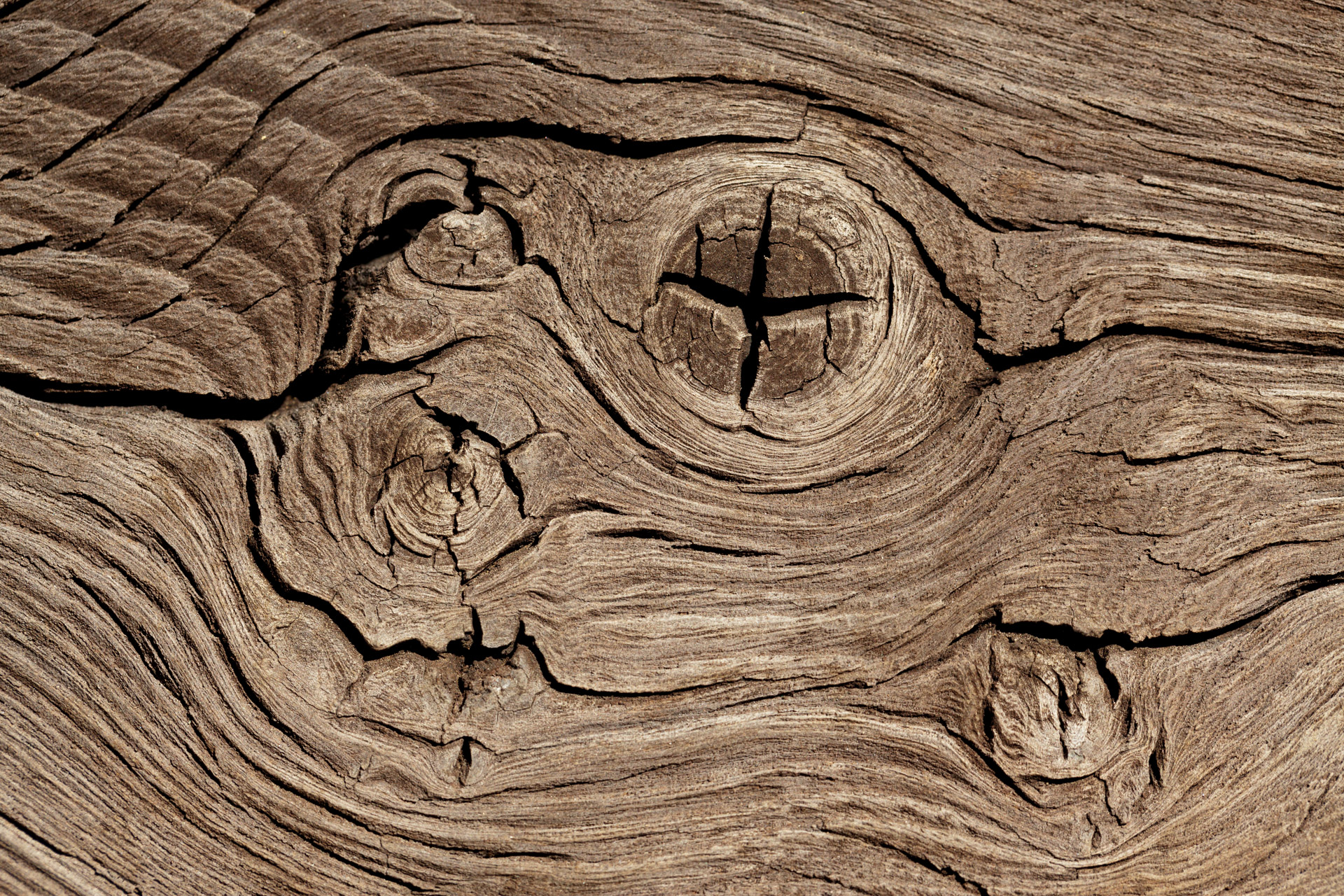
Wood Knots Free Stock Photo Public Domain Pictures
A most commonly observed defect in timber are Knots.These occur where branches have grown out of the tree trunk. They are more common in some timbers (e.g. Pine) than others. 'Live Knots' are fully integrated with the surrounding timber.They may reduce strength and increase difficulty working the timber but are mainly a visual defect - indeed, Knotty Pine is used to decorative effect.

Lumber Grading, Lumber Characteristics, Defects, Softwood Knots
Loose knots are when the branch has died and is embedded in the tree. When this wood is cut for timber, the knot can easily fall out and leave a hole. It is these knots that reduce the strength of the wood. The other types of knots that you may find are called epicormic sprouts and are caused by excessive pruning.

Lumber Grading, Lumber Characteristics, Defects, Softwood Knots
The dead timber inside the knot can be a fire hazard as it is very dry. Shakes. This defect occurs when there is internal stress within the timber and it causes cracks along its grain direction; this defect cannot be seen on the outside surface. It occurs when timbers start to split along their grain due to changes in moisture content or.

Lumber Grading, Lumber Characteristics, Defects, Softwood Knots
Knots Coarse grain Foxiness Druxiness Callus 1. Wind Cracks in Timber If the wood is exposed continuously to the high-speed winds, the outer surface shrinks and forms crack externally, which are called wind cracks. 2. Shakes in Timber Shakes are nothing but cracks which separate the wood fibers partly or completely.

Four kinds of wood knots in the dataset (a) decayed knot, (b) encased... Download Scientific
Knots are the spots of weaknesses in timber when used to carry compression. They are called nail knots when the diameter is less than 6 mm; it is called a small knot when it is 6 - 20 mm, it is called a medium knot when it is 20 - 40 mm, it is called a large knot when the diameter is more than 40 mm.
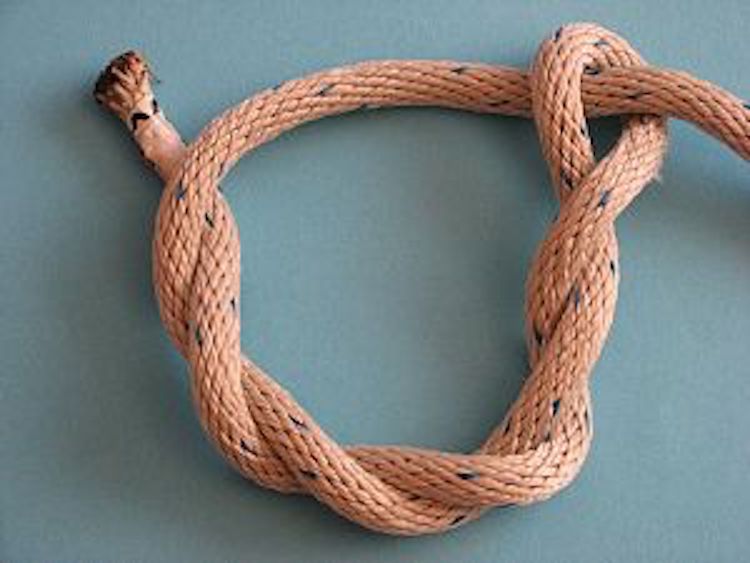
17 Essential Knots Every Survivalist Needs to Know ROFFS™
The effect of thermal modification (TM) on the chemistry, anatomy and mechanical properties of wood is often investigated using small clear samples. Little is known on the effect of growth-related and processing defects, such as knots and checks, on the bending strength and stiffness of thermally modified timber (TMT). Nine boards of Norway spruce with different combinations of knot types were.

Lumber Grading, Lumber Characteristics, Defects, Softwood Knots
A knot near the edge can cause a sharp bend or "kink" in a board. The wood around a knot is under an incredible amount of stress caused by supporting the weight of a branch. The stress is balanced when the knot is in the middle of a board, and unbalanced when the knot is near the edge.
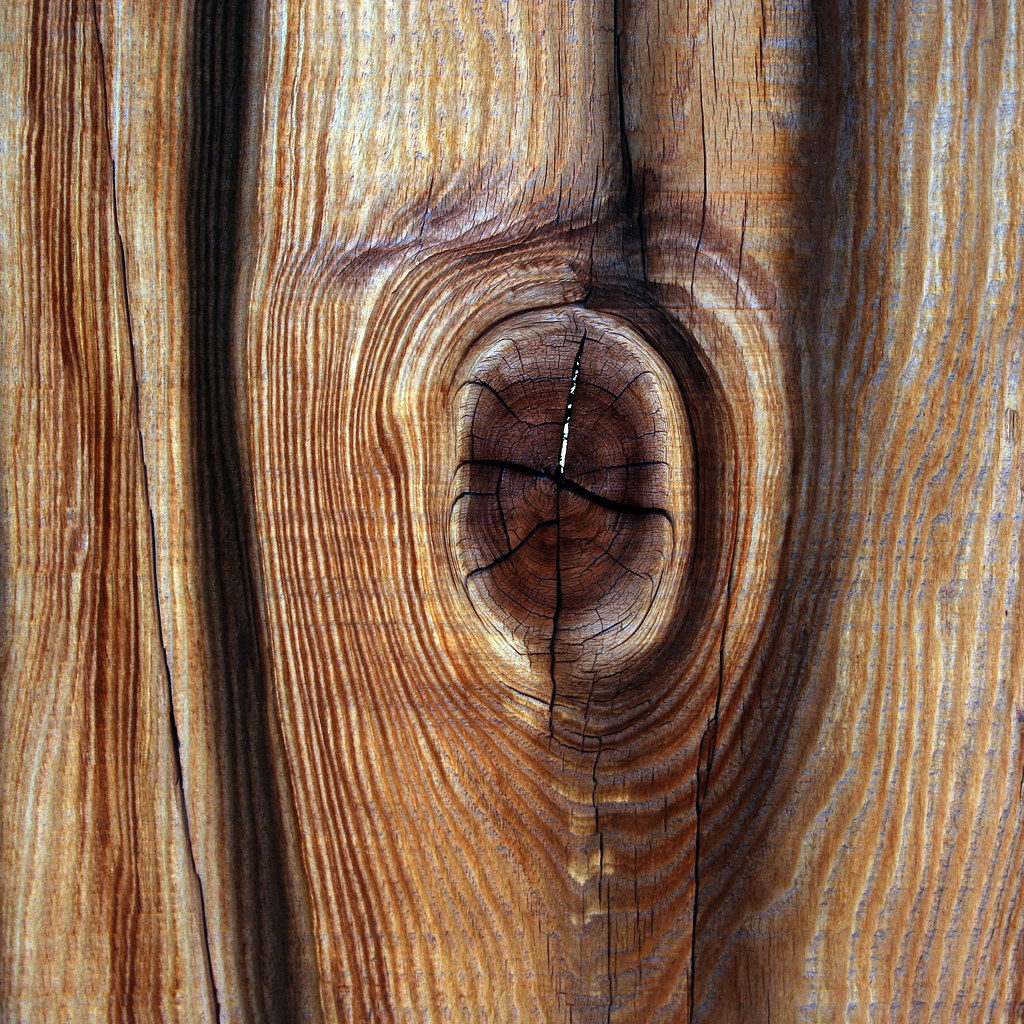
wood knot a photo on Flickriver
Simple knot commonly used for towing a log. To Step use Arrow Keys ( ). Set Speed using 1 - 5. Pass the end of the rope around the pole and then around the standing end. Wrap the end around itself three times and tighten the knot so that the three turns are gripped against the pole.

Knots in Wood? What's That? The Basic Woodworking
Knots in timber - the good, the bad, and the ugly What is a knot? If you've ever worked with wood before, you've probably noticed knots. They are circular or patchy darker spots that interrupt the smooth surface of the wood. But what are knots and are they good or bad? Why are there knots in timber?
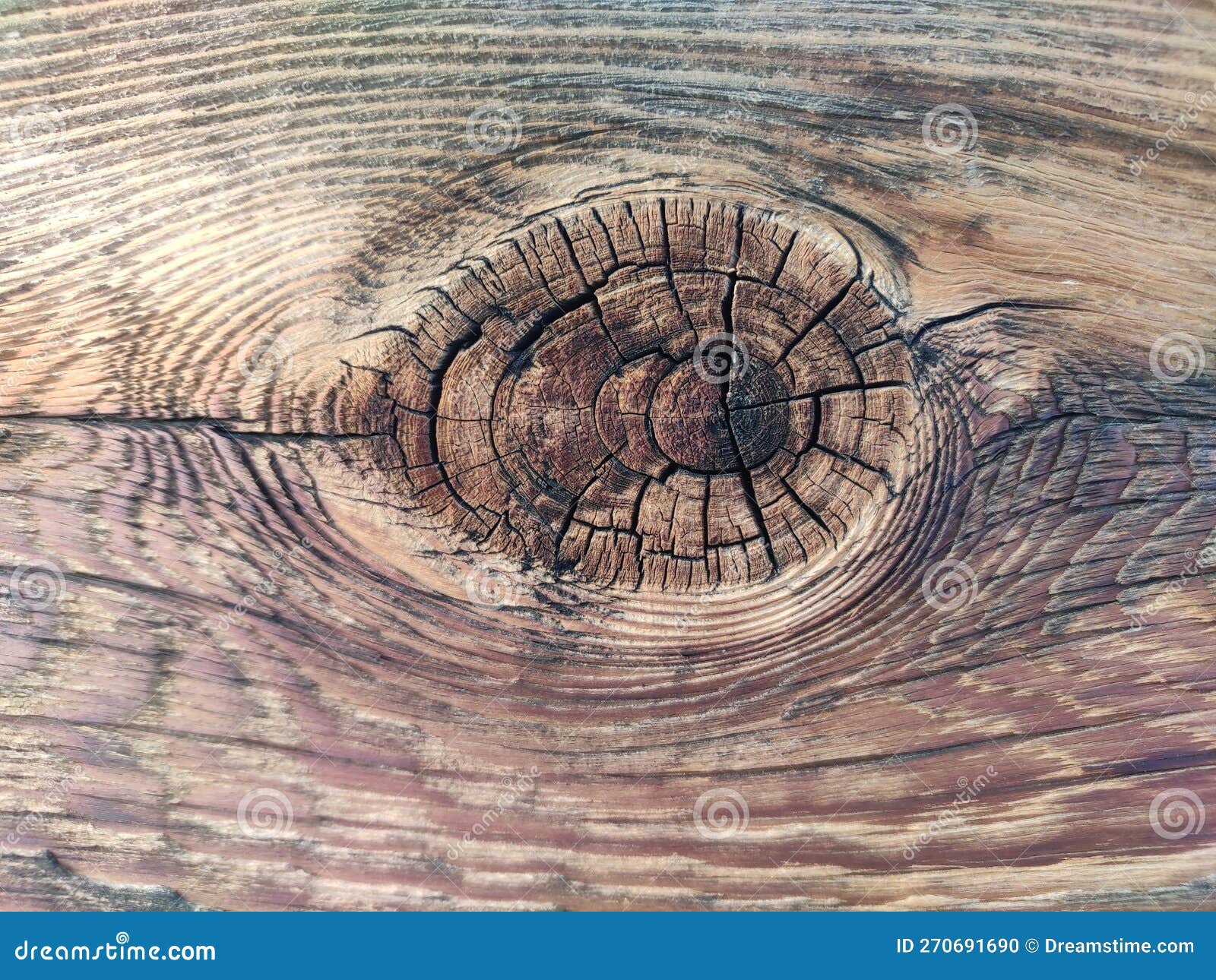
Timber Cross Section Wood Grain and Knots Stock Photo Image of cross, circle 270691690
Knots: Knots are the most common defects caused due to natural forces. During the growth of a tree, branches close to the ground or lower branches die. Bases of those branches remain in the tree as the trees grow. These bases may create imperfection known as knots. Types of Knots: Knots are of two types.
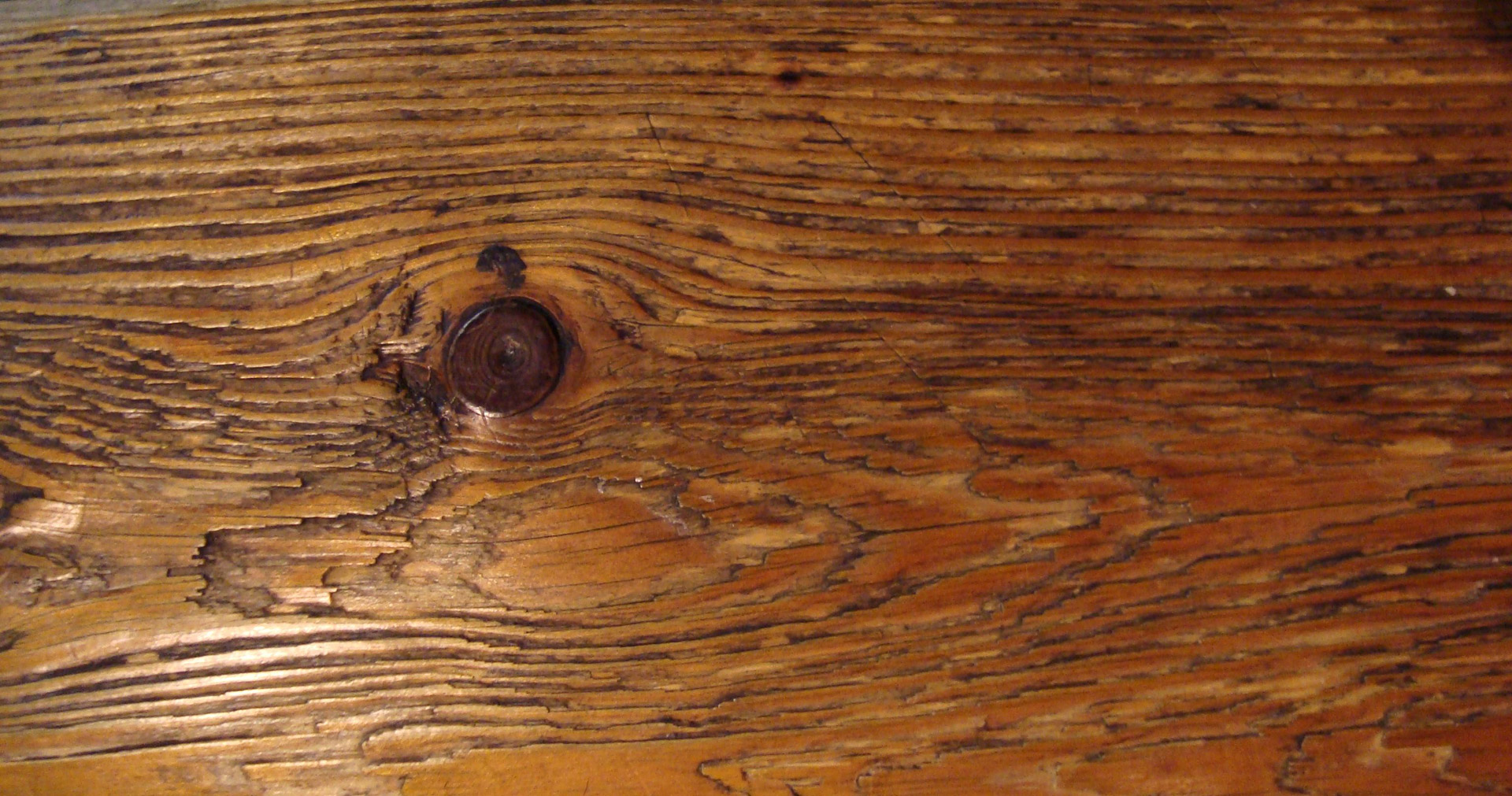
Timber With Knot Free Stock Photo Public Domain Pictures
Monday, 4 November 2019 3:43 pm Knots form during the growing process of a tree. A tree grows in two different directions. First, it grows in height. As the tree grows in height, limbs start to form off the sides. These limbs are the source of knots. The second direction of growth is in diameter.
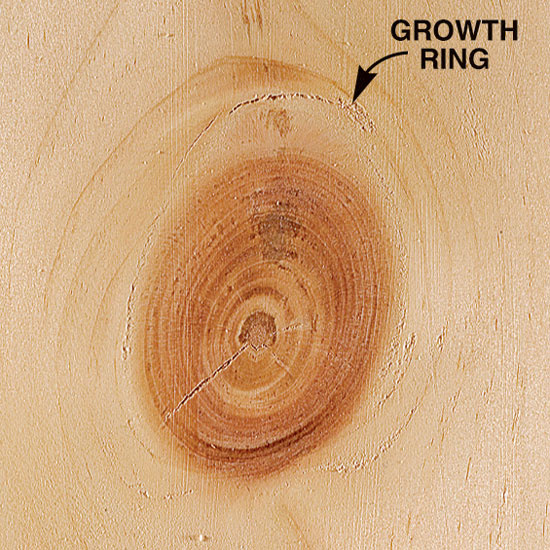
Knots Popular Woodworking
Step 1: What is a Wood Knot? A wood knot is a round or oval-shaped area on a piece of wood where the branch meets the trunk or another branch. It is formed when a tree grows around a branch, enclosing it within its trunk or limb. As the tree continues to grow, layers of new wood form over the knot, creating distinct circular patterns.

What are Knots? Plant Science 4 U
Knots are broken off/cut limbs or sprout branches that reveal exposed wood, either sound or rotten. In simple words, these are common blemishes in trees, which are known to often cause holes or lumps within the trunk of the tree in question. A knot on a tree trunk (Photo Credit: Pixabay) Also Read: What Happens When A Tree Is Struck By Lightning?